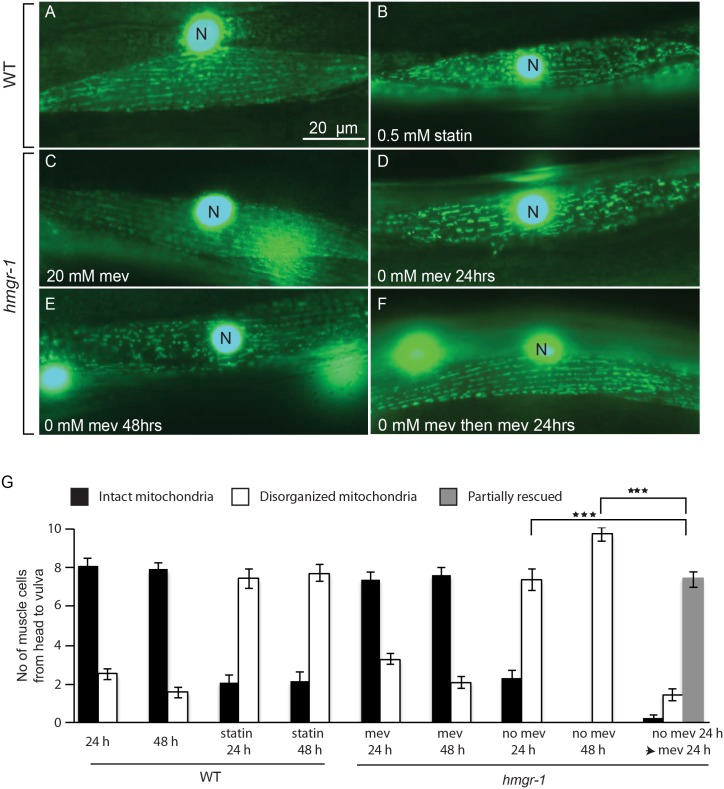Figure 5. Exogenous mevalonate is essential for normal mitochondria morphology in the hmgr-1(tm4368) mutant.
Wild-type worms show rows of evenly spaced mitochondria when grown on normal plates (A) but exhibit disordered mitochondria when grown on 0.5 mM fluvastatin (B). Similarly hmgr-1(tm4368) mutants grown on 20 mM mevalonate show rows of evenly spaced mitochondria (C) but exhibit disordered mitochondria when grown for 24 hrs or 48 hrs without mevalonate (D–E). hmgr-1(tm4368) mutants grown without mevalonate for 24 hours then provided 20 mM mevalonate for 24 hours show partially normalized mitochondria morphology (F). All worms in this figure were L4s at the start of the experiment and carry the transgene ccIs4251 that contains GFP reporters showing the body muscle nuclei and the morphology of their mitochondria [27]. (G) Is a quantification of the mitochondria ordering where the number of muscle cells from head to vulva were counted and scored as having intact mitochondria (as in A), disorganized mitochondria (as in D) or partially rescued mitochondria (as in F). GFP-positive nuclei are labeled with “N”.

